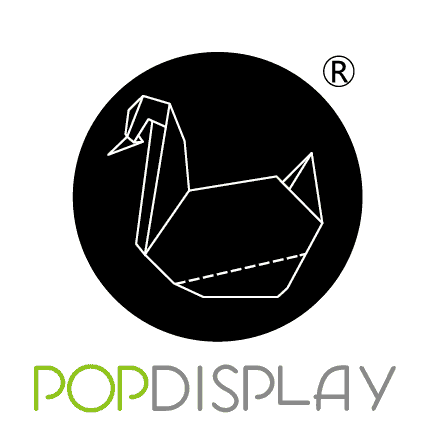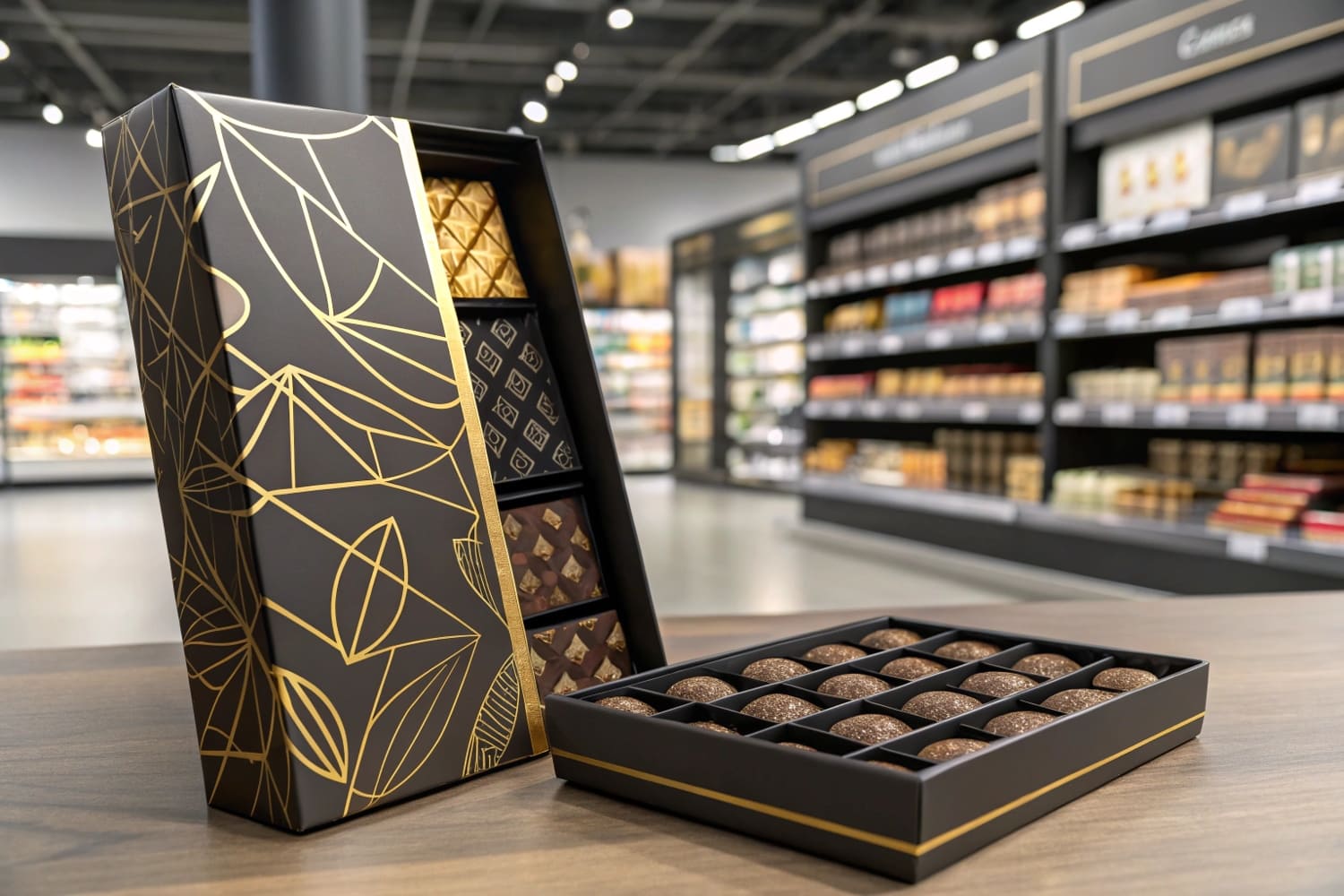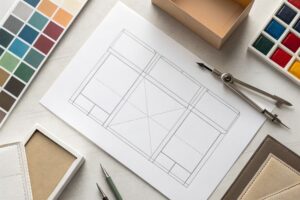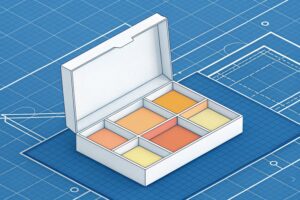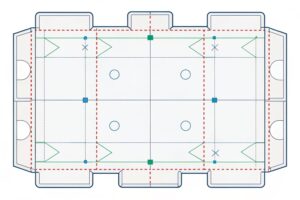I run a cardboard display factory. I see shoppers judge brands in seconds. I know packaging can help or hurt. I use clear design, strong print, and smart structure to guide choice.
Custom display boxes shape brand perception by signaling quality, values, and personality at first glance; clear structure, bold but simple graphics, and sustainable materials build trust, improve recall, and lift conversion in crowded aisles.
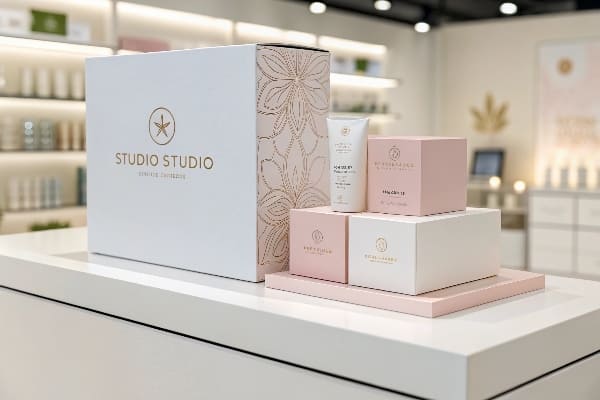
I will show what works, why it works, and how to apply it today. I will use real factory lessons. I will keep the steps simple and direct.
What are the benefits of custom packaging boxes?
I face strict retail specs every season. I tune size, inserts, and print to fit shelf rules. I see fewer returns, faster set-ups, and happier buyers.
Custom packaging boxes reduce damage, speed shelf set-up, raise visibility, and improve unboxing; tight sizing lowers freight, clear branding improves recognition, and better structures protect product while guiding shoppers to pick and buy.
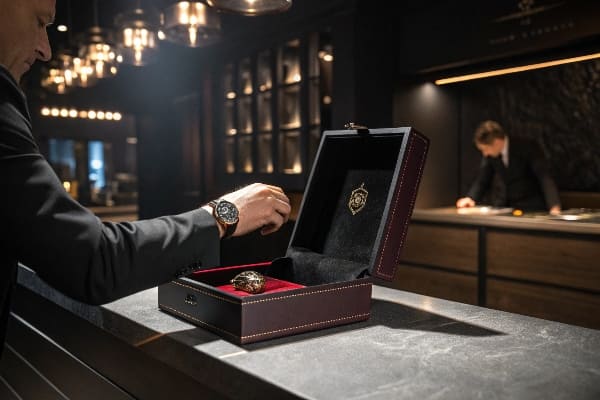
Where the value shows up first
I start with clear goals. I set targets for cost, speed, and sell-through. I design to hit those numbers. I test samples under load and in transit. I print small runs to check color. I get buyer sign-off before mass production. This keeps risk low. This also keeps timing tight. In one outdoor gear launch, we cut inner breakage by half with a simple insert notch. We also reduced carton volume by 12%, which dropped air freight cost right away. Sales teams told me store teams liked the fast assembly. This matters when staff is thin.
| Benefit area | What I change | Why it helps | Metric to track |
|---|---|---|---|
| Protection | Inserts, corner posts, board grade | Less damage, fewer returns1 | Damage rate, RMA cost |
| Speed | Pre-glue, auto-lock bases | Faster set-up in stores | Minutes per set-up |
| Branding | Large logo zones, clean color | Strong recall, premium feel | Aided recall, NPS |
| Cost | Right-size cartons, flat-pack | Lower freight, easier storage | Cost per unit, cube |
| Sustainability | Recycled board, water-based ink | Better brand fit for Gen Z | % PCR content, claims |
How I apply this with buyers like David
David runs launches on tight dates. He needs strong displays for crossbows and tools. I give him 3D renders fast. I include a strength test plan. I show board specs so he can approve. I align on color codes to avoid print drift. I also lock a transport packout plan. I keep files simple for his team. I use clear names for every part. I cut the time lost to confusion. This is not fancy. It just works.
How does packaging affect brand image?
I watch shoppers read a box in two seconds. They look at color, logo, and promise. If the box looks sloppy, they assume the product is sloppy.
Packaging affects brand image by sending instant quality cues; clean layout, honest claims, and consistent materials make a brand look reliable, modern, and responsible, which boosts trust and repeat choice.

The simple signals that do the heavy lifting
I stick to a few rules. I use one main message on the front. I keep copy short. I leave white space so eyes can rest. I place proof near claims. I add real photos or clear icons. I avoid tiny type. I align edges. I match colors across SKUs with a digital drawdown and a printed swatch. I see fewer complaints when I do this.
| Signal | What shoppers infer | Design move | Pitfall to avoid |
|---|---|---|---|
| Color consistency2 | Professional and stable | Lock Pantone or LAB targets | Mixing CMYK profiles |
| Material choice3 | Eco values or premium feel | Recycled corrugate, soft-touch only when needed | Plastic laminates that hurt recycling |
| Typography4 | Modern or classic tone | One headline font, one body font | Three or more fonts |
| Structure | Engineering quality | Square edges, tight tolerances | Warped panels, weak tabs |
| Claim framing5 | Honesty and safety | Clear icons, test badges | Overclaim, tiny disclaimers |
I once led a redesign for a seasonal floor display in a big box chain. The old version had six claims on the front panel. Store teams told us shoppers looked, then walked away. We cut it to one claim with a benefit icon. We moved tech data to the side. We lifted sell-through by double digits in three weeks. The product did not change. The box changed how people felt.
I also think about region norms. In North America, bold and straight claims test well. In Europe, eco badges and plain board finishes feel right. In APAC, bright color blocks can work with clear hierarchy. I keep the core brand system stable. I only tune the accents. This keeps the brand image clear across markets.
What are the benefits of custom display boxes?
I use custom display boxes to win space at retail. I design them to move product fast. I build them to ship flat, set up quick, and carry weight.
Custom display boxes drive impulse buys, frame the brand story at eye level, and turn shelf space into a mini store; smart structure and clear graphics raise visibility and sell-through.
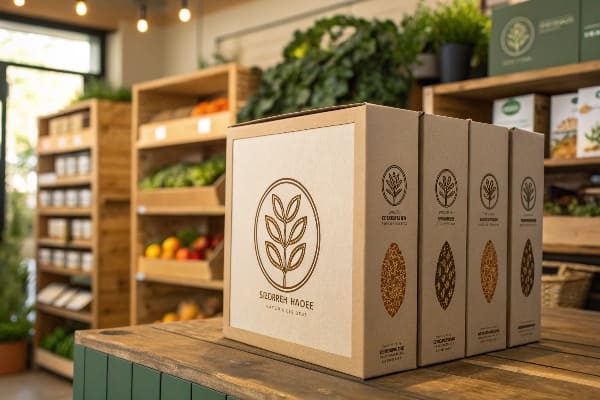
Why displays still matter in a digital world
I sell B2B, but I watch shoppers. They still decide in store. A display box6 works like a billboard and a shelf in one. It stops people. It explains the win fast. It lets them grab and go. I keep the shape simple. I set the header at eye level. I protect the front lip with a fold. I add a QR code7 that leads to a short demo. I avoid long URLs. I add a restock mark on the tray so staff knows the right count. These small details prevent mess. A clean display makes the brand look serious.
| Display type | Best use | Key design move | Risk if ignored |
|---|---|---|---|
| Countertop box | Small add-ons at checkout | Tall header, tight footprint | Tip-over, blocked view |
| Shelf/Tray display | Line extension on crowded shelf | Color block, front lip curve | SKU mix-up |
| Floor display | New launch or promo island | Wide base, bold side panels | Wobble, slow set-up |
| Pallet display | Warehouse clubs | PDQ modules, quick tear-strip | Labor overload |
| Interactive add-ons | Tech or premium lines | NFC or QR, clear privacy note | Gimmick with no value |
I care about strength. I run load tests8 on each tray. I choose board grade by product weight and dwell time. I add hidden gussets where staff pushes hardest. I seal edges that face moisture. I use water-based ink. I keep recyclability9 clean. In a hunting gear project for a U.S. brand, I built a counter display for broadheads. The parts are sharp and heavy. I used double-wall for the base, and PET-free window film made from cellulose. The box held form for 12 weeks. The buyer reported fewer returns and cleaner counters. The brand looked tough and responsible at the same time.
I design for fast assembly. I add numbers on tabs. I print a QR on the shipper that links to a 30-second set-up clip. Store teams thank us. They put our displays out first. That alone can win a weekend. I also plan for end-of-life. I mark “flatten and recycle” with a big icon. This fits the brand promise and keeps costs down for stores. Simple steps. Real gains.
Conclusion
Custom display boxes and packaging shape how shoppers judge a brand fast. Clear structure, clean print, and honest eco choices build trust and lift sales today.
Exploring how effective packaging design minimizes returns can enhance customer satisfaction and reduce costs. ↩
Understanding color consistency can enhance your product’s professional appeal and stability, crucial for brand perception. ↩
Exploring material choices can reveal how eco-friendly or premium materials influence shopper decisions and brand loyalty. ↩
Typography significantly impacts the tone of your brand; learn how to choose fonts that resonate with your audience. ↩
Effective claim framing builds trust and safety; discover strategies to communicate your product’s benefits clearly. ↩
Explore how display boxes can enhance visibility and sales in retail environments. ↩
Discover how QR codes can bridge the gap between physical displays and digital content. ↩
Learn the importance of load testing to ensure your displays are safe and effective. ↩
Understand the significance of recyclability in enhancing brand image and sustainability. ↩
